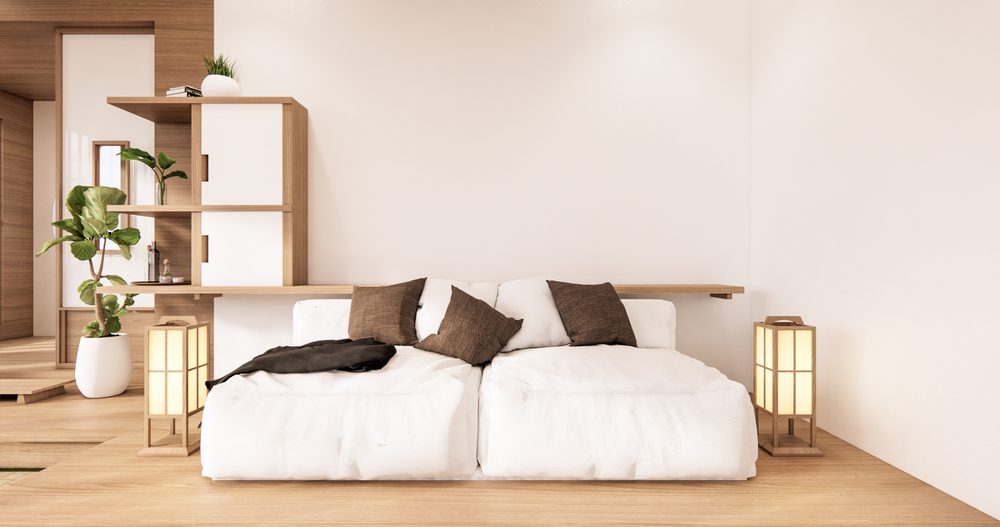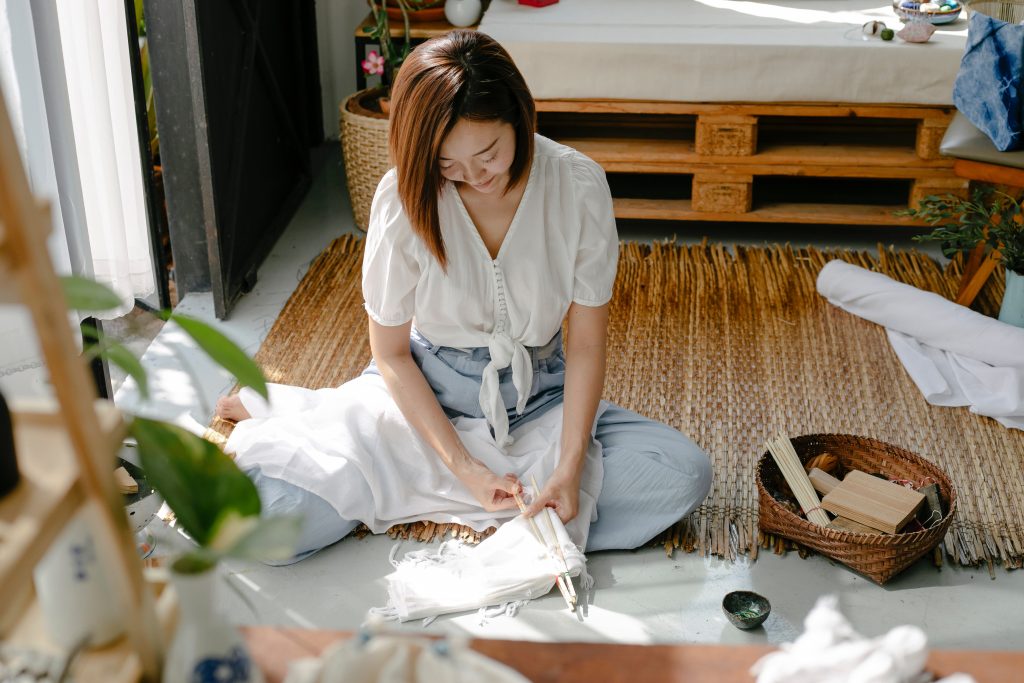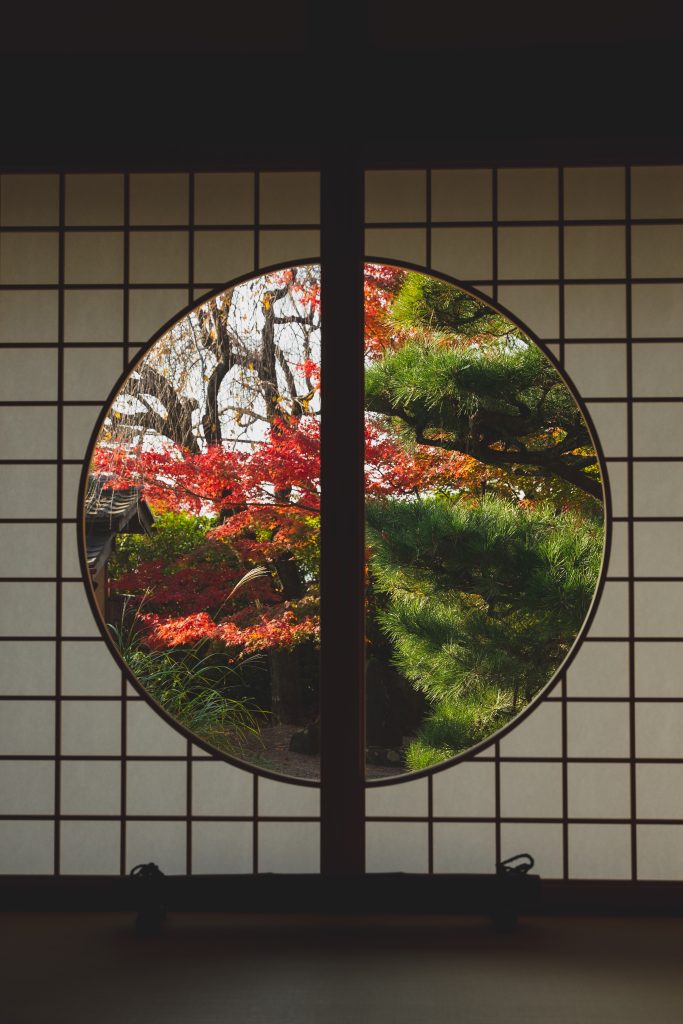Japanese design elements are distinctive—they’re unique and like no other. Think pod or capsule hotels, which are unbelievably functional despite their tiny space. Similarly, Japanese home design is simple yet efficient, even in today’s modern standards of living. Japanese homes masterfully utilize design principles that promote minimalism, decluttering, and natural elements, without sacrificing form and functionality.
These Japanese design features are practical and applicable in every home, townhouse, or even a high-end condo in the Philippines. They can be the home inspiration you need in your living space, especially if you’re looking to spruce things up the Japanese way.
So, whether you’re going for wise use of space, a Zen vibe, or contemporary interiors, this article has got you covered with tips and ideas to bring Japanese design features into your home.
- Focus on minimalism
A clean and minimalist look is one of the most distinctive features of Japanese design and architecture. Minimalism can both be aesthetic and functional.As such, traditional homes have very few furnishings, except for a low-height table with floor mats and sleeping mattresses called futons. But even without these traditional elements, you can recreate minimalism in your own space.If possible, go for wooden furniture with clean lines, as natural materials speak of simple beauty. The same goes for when you’re choosing décor—stick to pieces with uncomplicated design details, such as a plain vase to showcase the beauty of flowers.
- Use natural lighting

(Photo by Teona Swift from Pexels) Art has cultural roots. Japanese culture takes the art of illuminating a home very seriously through natural light. Perhaps it has something to do with living a life of austerity or feeling connected with nature, or both.
This bodes well for you, as you can easily brighten your space with daylight coming through large, expansive windows. Just see to it that your windows don’t block natural light—instead of heavy draperies, install a good, old bamboo shade or light curtain panels.
- Integrate modular design
Modular architecture is another staple in Japanese home design. This means that discrete components—from furniture to spaces—can be connected, rearranged, or repurposed to have multiple uses and create more space than there is.For example, you can divide a spacious room into smaller areas using bamboo panels. One part of the room can contain your sleeping area, while the other can be designated as a workspace. Another option is to convert the living room into a bedroom at night by using a sleeper sofa.
- Be in tune with nature

(Photo by Ryutaro Tsukata from Pexels) Another Japanese trademark style is bringing nature inside, whether through beautiful flower arrangements, nature-friendly furniture, or sliding doors to open the home to natural scenery.
A simple way to mimic this connection with nature is by adding plants into your home. Vertical gardens can be set up indoors or on the veranda just outside your door—these are especially great for orchids, bromeliads, or other plants that can be hung from above.
- Keep neutral color schemes
Again, because of their love for the natural environment, you’ll typically find colors from nature in Japanese homes. Color palettes are mostly in the shades of brown, green, and gray, evoking a deep sense of peace and calm.Different aspects of your home interiors can adopt neutral color schemes, such as gray floor tiles, brown wood shelving, or green houseplants. Walls can be painted white, or the screens covered with either translucent or opaque paper, depending on how much brightness you want around your home.
- Practice decluttering
Make Marie Kondo proud by tidying up closets, drawers, and other spaces where clutter can build up.According to the organizing expert, the art of decluttering and organizing can be a life-changing experience. It simplifies your life and makes you hold on to only what truly matters to you. Just remember to say “thank you” before discarding an item that has served you well. You can also hand down your pre-loved items to family, friends, or charities.
- Enjoy empty spaces
Emptiness isn’t always a bad thing, just like how the Japanese appreciate bare spaces. From a blank wall or table to a room devoid of furniture, these design ideas can go a long way in keeping things simple and adding some Zen energy around your home.
Traditional Meets Modern
Simplicity, sustainability, creativity, and functionality—all of these and more are at the heart of Japanese home design.
However, you need not fully transform your space into a Japanese home. A few traditional elements adapted to your modern lifestyle will suffice, especially if functionality is your main goal. It would be wise to identify which design features suit the form and style of your current space best.
If you want to witness how Japanese design can help create a sophisticated, yet multi-functional living space, consider looking into The Seasons Residences. Located at the heart of BGC, this latest development has incorporated the most-loved Japanese design essentials. From smart and creative storage systems to sunken slabs and air washing tiles, The Seasons Residences offers you a multitude of features that best represent aesthetic and practical living.
The premium condo inspired by the four seasons of Japan will also be home to MITSUKOSHI, the first Japanese-inspired mall in the Philippines. Get in touch with the team to learn more.




